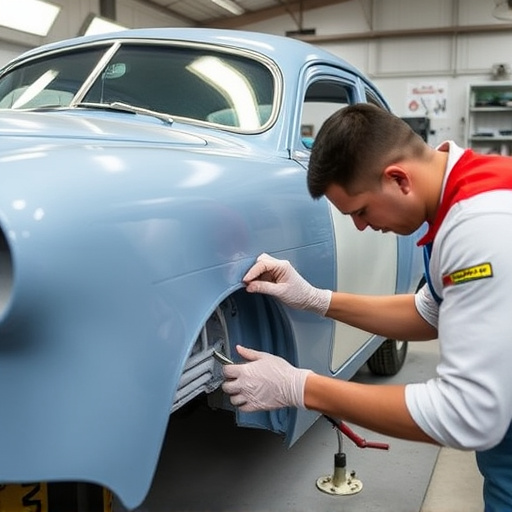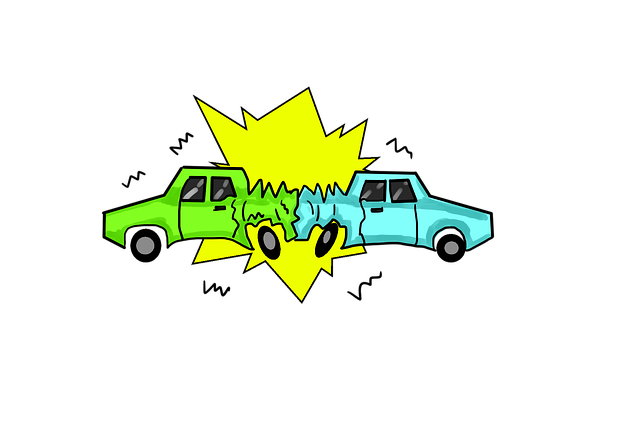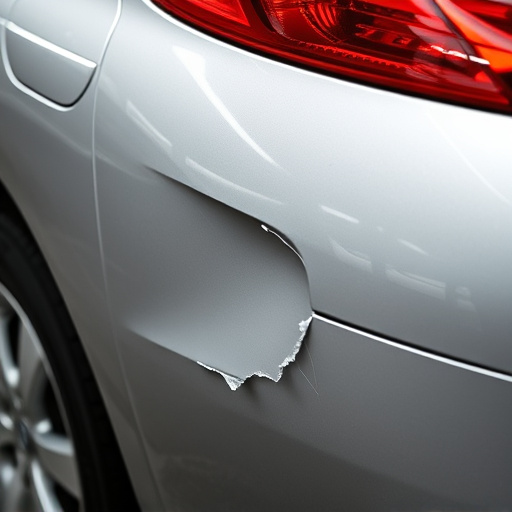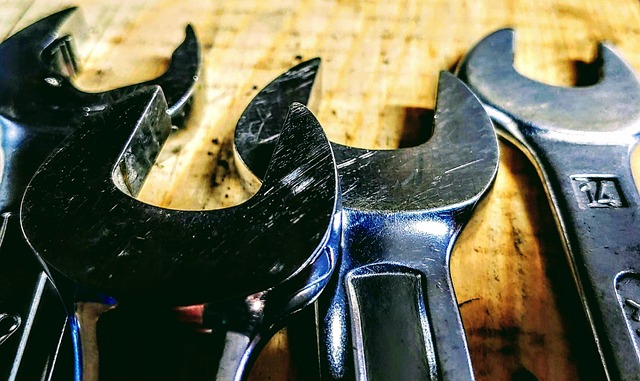Addressing client frustrations in collision repair involves active listening, empathy, transparent communication, and clear explanations to build trust and enhance satisfaction. Using phrases like "I understand your concern" de-escalates tension, fosters collaboration, and transforms potential conflict into a showcase of exceptional customer service, leading to long-term loyalty.
In the fast-paced world of collision repair, exceptional customer service is key to building trust and retaining clients. However, dealing with difficult customers can be a challenge. This article delves into the intricate dynamics of collision repair customer service, focusing on understanding common frustrations, cultivating empathy for angry patrons, and implementing effective strategies to de-escalate tensions and resolve disputes. By exploring these aspects, businesses can enhance their approach to serving all clients, fostering positive relationships and ensuring customer satisfaction.
- Understanding Customer Frustrations in Collision Repair
- Building Empathy: Responding to Angry Customers
- Strategies for De-escalating Tension and Resolving Disputes
Understanding Customer Frustrations in Collision Repair

In the realm of collision repair customer service, understanding customer frustrations is a critical component for success. Many clients who visit car body shops or autobody repair facilities are already dealing with significant stress from their recent collision experience. They’re often facing unexpected delays, high costs, and the anxiety of having their trusted vehicle in an unfamiliar state. Skilled collision repair customer service representatives must recognize these inherent challenges and approach each interaction with empathy and patience.
By acknowledging customer concerns and explaining the repair process transparently, car body shop professionals can begin to build trust. This includes clearly outlining estimated timelines, detailing the scope of autobody repairs required, and breaking down costs. Such open communication helps alleviate frustration by empowering customers with knowledge, fostering a sense of partnership in the restoration process, and ultimately enhancing satisfaction with collision repair customer service.
Building Empathy: Responding to Angry Customers

When a customer arrives at a collision repair shop fuming from a recent experience, the first step for any dedicated collision repair customer service representative is to actively listen and build empathy. This means acknowledging their frustration without judgment and demonstrating genuine concern for their situation. A simple “I understand your concern” or “Let’s work together to resolve this issue” can help de-escalate the situation.
By showing compassion, the representative sets the stage for a productive dialogue. They should then probe for details, clarify the customer’s expectations from car repair services, and offer tailored solutions. This empathetic approach transforms a potentially volatile interaction into an opportunity to showcase exceptional collision repair customer service, fostering trust in the auto repair shop and building long-term loyalty among difficult customers.
Strategies for De-escalating Tension and Resolving Disputes
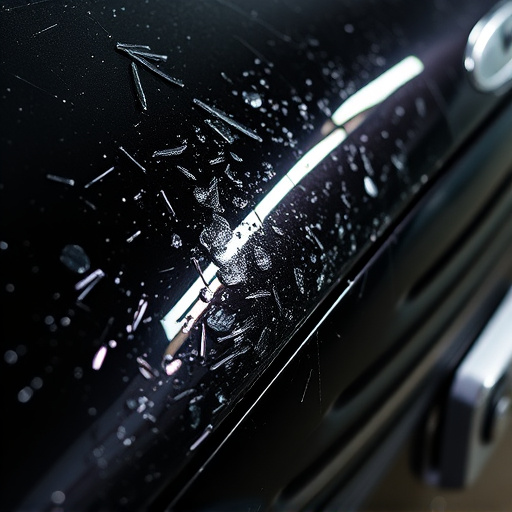
In collision repair customer service, de-escalating tension and resolving disputes are essential components for maintaining a positive environment and fostering long-term relationships. The first step in handling difficult customers is to remain calm and patient, addressing their concerns with empathy rather than defensiveness. This can be achieved by actively listening to the client’s issues without interruption, acknowledging their frustration, and demonstrating understanding. Phrases such as “I understand your concern” or “Let’s work together to find a solution” can help diffuse hostility and open avenues for dialogue.
Another effective strategy is to offer transparent communication and clear explanations throughout the collision repair process. Clients appreciate transparency regarding vehicle paint repair, fender bender repairs, or car dent repair techniques, timelines, and potential outcomes. Providing detailed information builds trust and reduces ambiguity, which can be a significant source of conflict. Additionally, offering alternative solutions or compromises can help resolve disputes, ensuring both parties feel heard and valued in the collision repair customer service experience.
Collision repair customer service that effectively addresses difficult customers is a testament to a business’s commitment to excellence. By understanding client frustrations, building empathy, and employing strategies to de-escalate tension and resolve disputes, shops can transform negative experiences into positive ones. This not only enhances customer satisfaction but also strengthens loyalty, fostering a reputation for outstanding collision repair service.

